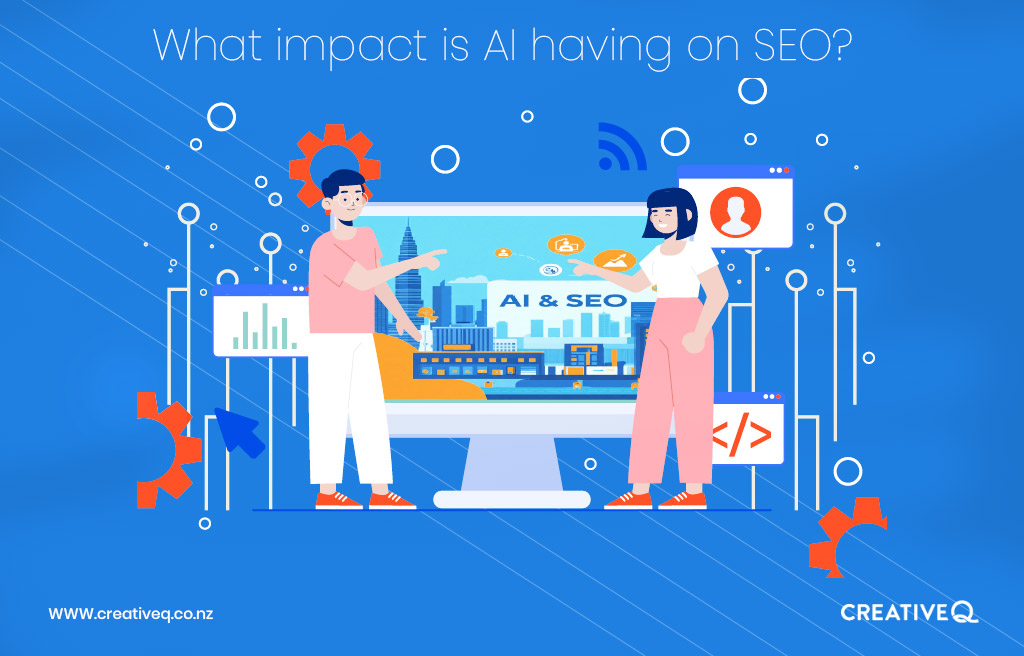There has been a lot of discussion in the digital marketing industry around AIO (AI Optimisation) and GEO (Generative Engine Optimisation).
These terms refer to optimising content for AI-driven tools like ChatGPT, Google’s Search Generative Experience (SGE), and other platforms where answers are generated rather than simply ranked.
At this stage, much of the conversation is still speculative and experimental. While AI-driven search is evolving quickly, the core SEO principles remain the same:
- Creating clear, authoritative, and useful content
- Ensuring websites are technically sound and easy to crawl
- Building trust through backlinks and online reputation
The Backlash
Not all website owners are embracing AI. Some publishers have started blocking AI crawlers (including ChatGPT’s bots) due to concerns about:
- Server strain: AI bots can consume significant hosting resources without providing direct traffic in return
- Content appropriation: Fear that AI systems “scrape” site content without proper credit or permission
- Traffic cannibalisation: If AI answers user queries directly, users may never click through to the source website
This backlash highlights the uncertainty around AIO/GEO and underscores that the landscape is still unsettled.
Looking Ahead
What is changing is how search engines present information. Instead of “ten blue links,” users are increasingly seeing AI-generated summaries with links included as references.
In that environment, the websites that demonstrate expertise, authority, and trustworthiness will be the ones most likely to be cited.
Cited, but not necessarily the recipient of a click through to their website.
For now, the best way to “optimise” for AIO and GEO is to continue following best-practice SEO, while also:
- Writing in clear, natural language that answers user questions directly
- Structuring content logically (headings, FAQs, schema markup)
- Covering topics in enough depth that an AI system sees the page as a reliable source
Our Recommendations
- Continue to build strong, keyword-focused, user-friendly content – this works for both Google and AI-driven search
- Use schema markup (especially for FAQs and articles) to improve visibility in AI summaries
